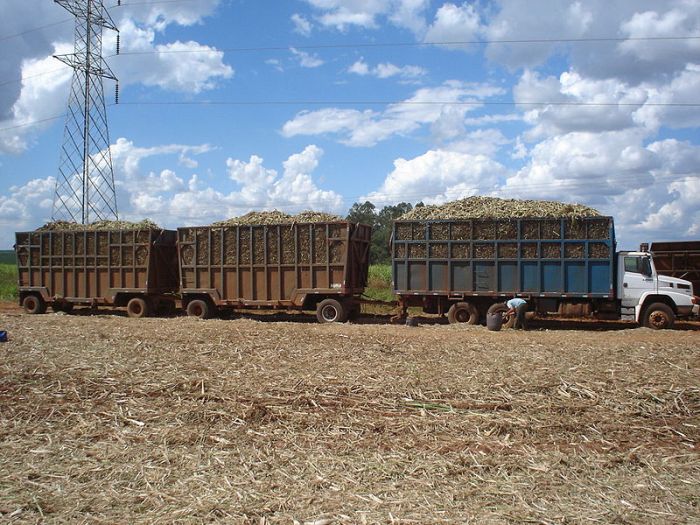The first thing that comes to mind when you hear solar power is a solar panel placed on a rooftop for creating electricity for commercial or residential use. However, solar power has another important function – to mine and deliver water to improve productivity. This is especially applicable in sunny nations like Australia and most countries in Africa since its main industry is agriculture. Still, their productivity is suffering since their fields don’t get sufficient irrigation. Though, using solar pumps, they can double or even triple their profits. These economic gains can improve the lives of many farming communities.
Importance of Water in Agriculture
Our lives depend on clean water. The developed countries can sometimes take water for granted, but the evolving economies understand the significance of this commodity. A solar pump is an ecological option to get water for the crops and deliver drinkable, clean water.
The founder and CEO of the British-American company Ignite Power, Yariv Cohen, confirmed that solar pumps brought more efficiency, leading to bigger disposable income and more employment. Farmers can now grow three seasons per year instead of one. So, disposable income increased by 20% to 30%.
60% of the Sub-Saharan Africa population is employed in agriculture. Therefore, agriculture is accountable for 60% of economic output. This is less productive than the other regions in the world since only a part of the farmland gets constant irrigation – just 6% across Africa. Most farmlands go without irrigation, so most farmers in Africa rely only on rain for the larger lands, while they take care of the smaller areas with manual effort.
What is Solar-Powered Pumping System
The solar-powered pumping systems include a solar panel array, which fuels an electric motor. The motor, in turn, fuels the surface pump. The water is pumped from the stream or ground into a storage tank, utilized to water crops. If the farmland is irrigated consistently with solar pumps, the farmers will double the production compared to farmlands irrigated by rainwater or with manual effort.
Life-changing mechanism
About 600 million who live in Africa don’t have consistent electricity access. This is damaging the economic health of the continent. Everyone knows the ideal solution is to expand the electrical grid, but financial and geographical considerations prevent that. Ignite Power provides off-grid solutions to African countries in rural places like Nigeria, Mozambique, Rwanda, and Sierra Leone.
Cohen explains how solar pumps allow the farmers to irrigate their lands by using the sun. They first connect the homes, and then they utilize the same solar panels to water the fields. Using solar power, the pump enables a big area to be regularly irrigated. This improves the yield affordably.
Ignite Power has 1.1 million customers in Africa. So, there is room for enormous growth for his company and other providers of solar power in the continent. Cohen aims to reach 500 million houses.
They work with the bank and try to find the ideal solutions. They want to provide the best solution for the country with the help of the government. They can connect any payment providers or manufacturers to their system. They can connect all the suppliers, so many people could join.
The case of the two Rwandan women Grace Uwas (23) and Tharcille Tuyisenge (20) is admirable. They started working with Cohen’s company and bought solar systems for homes in Rwamagana, so people there have sustainable and safe electricity. Until now, they have installed twenty-five solar systems and more are coming!
Bottom Line
Electricity is the quintessence for any country. The solar power is game changing for African evolving communities to get access. In this way, they won’t just keep their lights on, but their agricultural productivity will be improved.
























